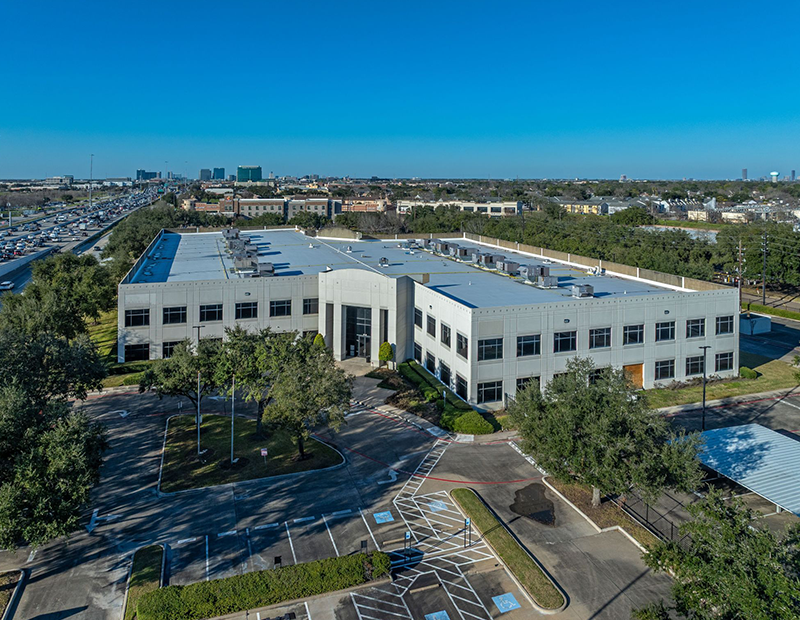Why Lenders Are Taking a Step Back: Q&A
Money360 President Gary Bechtel on how the lending community is adapting to uncertainty and what to expect in the short and medium terms.
In light of recent events, the financial community is rethinking commercial real estate strategies and adjusting to new realities.
Money360 President Gary Bechtel told Commercial Property Executive that the direct non-bank lender remains committed to the bridge lending space, but has paused active lending, as current events unfold. How can lenders navigate the upheaval and what does an anticipated recovery look like? Bechtel weighs in on these questions.
How are banks and non-bank lenders handling the current situation?
Bechtel: The pandemic has forced many lenders to reevaluate their approach to CRE lending. Given the uncertainty of how long shelter-in-place policies will be enforced, when and how people will be allowed to go back to work, return to shopping and dining at restaurants, and other pre-COVID-19 “normal” activities, and how rapid—or slow—a recovery might be, many lenders have either exited the market or at least taken a step back to reassess their strategies. These include banks, life insurance companies, CMBS and non-bank lenders. Agency and other governmental lenders have remained in the market but with modified lending parameters.
Many lenders utilizing leverage were hit, in certain instances, with very substantial margins calls that they either could not make or chose not to make, thereby defaulting on their obligations and walking away from substantial amounts of equity in some cases and risking no longer being in business. Some are now selling portfolios to raise liquidity or stay in business.
How is Money360 navigating the current situation?
Bechtel: Like many lenders, Money360 made the decision to hit pause and step back from actively lending at this time, as we gain a better understanding of the long-term ramifications of how the virus will affect the economy in general and the commercial real estate industry in particular. We remain committed to the bridge lending space, though it will likely be a different place in the short term, as we emerge from the current situation.
What are your recommendations for lenders and borrowers who want to stay active right now?
Bechtel: From a lender’s perspective, continue to uphold prudent underwriting criteria if you are still in the market. Choosing property types and markets to lend in is critical, as certain asset classes—for example, hospitality and retail—have been heavily impacted and these markets will take much longer to recover than others. Generally speaking, given the uncertainty, property value will be more difficult to determine today as well as in the future, so reducing LTVs is also prudent, as is potentially increasing debt service coverage and requiring that a debt service reserve be established at closing. This is not the time to be overly aggressive.
READ ALSO: CMBS Late Payments Starting to Mushroom
From a borrower’s standpoint, set reasonable expectations about what type of financing may be available and at what leverage levels and rates. The low-rate, higher-leverage environment that we were previously in is over for the foreseeable future, so adjust your requests accordingly. Also, make sure borrowers are prepared to put more equity into transactions whether they’re acquisitions or value-add plays.
Tell us about your company’s M360 Community Development Fund. How is the fund performing amid the ongoing crisis?
Bechtel: M360 Community Development Fund targets investments in underserved markets, many of which are located in areas identified as Opportunity Zones under the government’s CDFI and SBA lending programs, typically in secondary and tertiary markets. So far, these loans have performed at or above our overall portfolio levels and we will continue to focus on the program’s expansion as we begin lending again.
What is your mid- and long-term forecast for the U.S. finance sector?
Bechtel: I think the general consensus is, and I am in agreement on this, that the second quarter is going to be terrible from a number of aspects. The third quarter should show moderate improvement as the economy—hopefully—begins to recover, with people returning to work, getting out in public and restarting their lives. I am hopeful that by the fourth quarter we will have somewhat returned to a “new normal,” whatever that new normal looks like—social distancing, better hand hygiene and so on. My anticipation is that those lenders that survive this will be actively lending again under revised guidelines, putting some great loans on their books, similar to what we saw as we emerged from the Great Recession.










You must be logged in to post a comment.